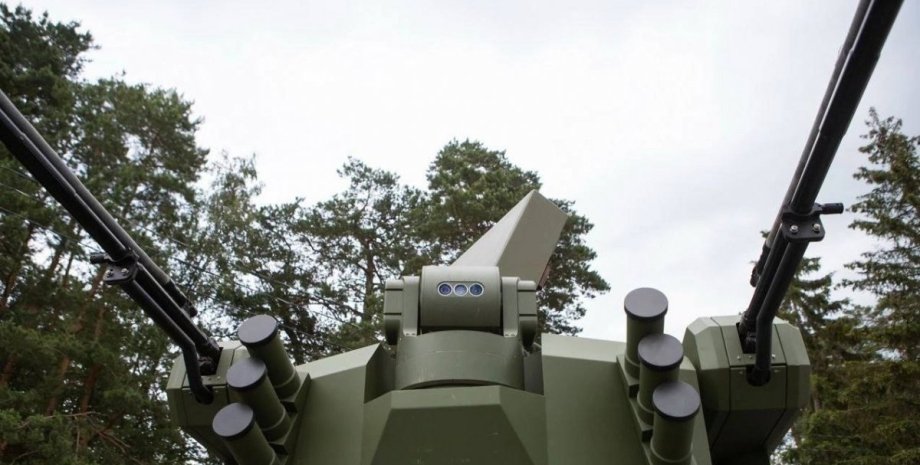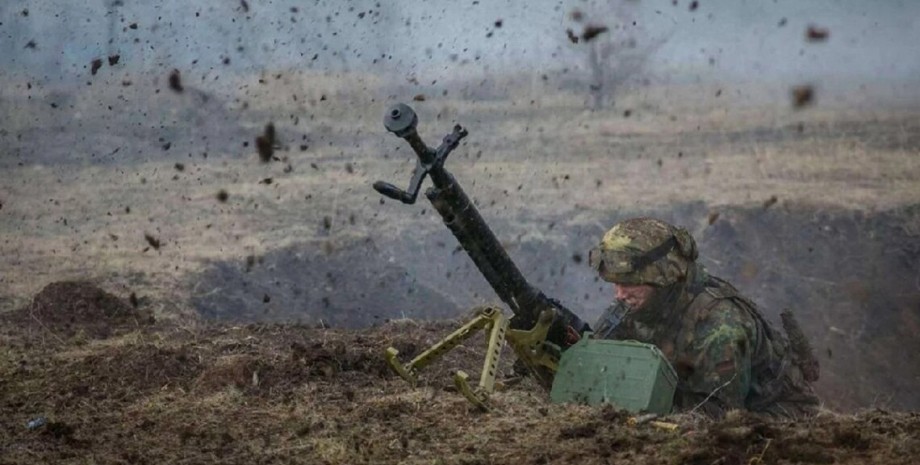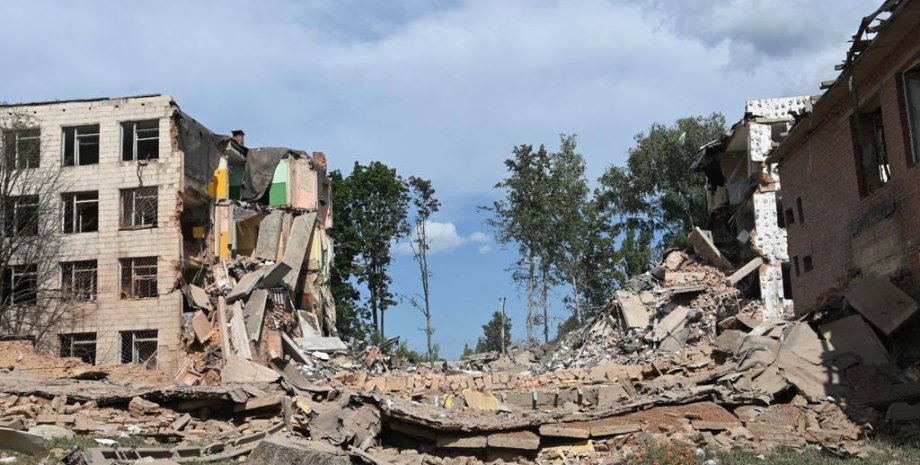
Video with burning Russian bombers has not left any excuses in Canberra: it is urgent to take measures to counteract small and cheap drones. Such an attack can occur in Australia at any moment and paralyze the country's defense, but work on counteracting such threats will produce significant results no earlier than 2028. These efforts should be accelerated urgently.
On June 1, Ukraine proved that "soft" goals, even located thousands of kilometers from the front line, are now more vulnerable than ever. The attack involved 117 small disposable drones hidden in peculiar modular houses. The drivers of the trucks who were not suspected were taken to more than 4000 km until they were near the Russian air tights, after which the roofs of the houses opened due to remote control, and the attack began.
About 40 large Russian aircraft, including indispensable strategic bombers, have been damaged or destroyed. The operators have sent their drones to the most vulnerable places, such as aircraft fuel tanks, to use a small amount of amounts to be used as efficiently as possible. Such an attack is quite possible in Australia. Moreover, this idea will seem more attractive than an attack using ordinary shock weapons such as winged or ballistic missiles. This is due to three factors.
First, Australia's defensive objects are vulnerable even for small amounts of heavy load drones, especially those that operators (and in the future-on-the-board on the basis of artificial intelligence) to strike in the weakest places. For example, large aircraft, such as our C-17 transporters and A330 Mritt, are outdoors, as well as Russian bombers. Many of our aircraft are stored in hangars similar to the shed. One drone can punch a hole into the roof through which other UAVs will penetrate.
Australian aircraft also often park under sheds, similar to large garages. Drones can just fly under them on either side. Ships at the port also have sensitive radars and other sensors that are vulnerable to attacks. Large electronic antenna lattices at important objects, such as the Naval-Navy, are also vulnerable to HAPOLDA E Holt in exmut or three Jindalee radar stations in outbeck. And there are aboveground fuel storage tanks.
In addition, all these objects can easily approach a distance of several kilometers on the outside of harmless trucks or vans. Secondly, the attack with drones is much simpler and cheaper than the attack using ordinary weapons, and it is much more difficult to attribute to the attacker.
If China (or any other opponent) wants to strike in Australia with the help of conventional armed forces, he will have to use artificial expensive ballistic or winged missiles launched from the mainland, large ships, submarines or bombers. Meanwhile, small drones can be purchased for pennies, and there are millions of cargo containers in which they can be hidden. It is much more difficult to prove to the world who has made such an attack.
The victim would have wondered if it had not done a terrorist group - and in fact, someone could even declare their involvement for the sake of glory and followers. Third, the Ministry of Defense's leadership is very slowly taking measures to ensure protection. Yes, it recognizes the threat from small drones, but publicly knows only one base with the corresponding defense system - this is the RAAF database Darwin, where from 2024 to 2027 is tested by Anduril technology.
In search of a longer -term decision in May 2025, the Department of Development of Advanced Strategic Opportunities of the Ministry of Defense announced the launch of Mission Syracuse's project, which aims to develop a system of counteracting small drones by the end of 2027, and the Defense Project Land 156 Project will provide comprehensive capacity. All this means that, in addition to Darwin, other Ministry of Defense bases are likely to remain at least 2028 at risk.
To eliminate these dangers, Canberra must act faster and take on some risks associated with costs and opportunities. Anduril tests can be extended to other objects, and on the selected objects - to install antitoneal guns or lasers, which is produced, for example, by the Australian company EOS. Another possible solution is high -power microwave weapons.
Although such systems may not become a component of the final decision within Mission Syracuse and Land 156, the enemy is now good (or even sufficient). Such remedies would at least make the aggressor doubt the success of the planned attack, and in the case of impact in one way or another would provide some protection. An alternative is to hope that nothing will happen. But it seems unreasonable.
The Government constantly declares a deterioration of the situation in Australia and waste time for strategic warning. In addition, there are concerns about China's possible attack on Taiwan in 2027, which may well include a warning blow to Australia to remove our chess shapes from the board. Defense should be planned faster - right now. Viktor Abramovich has worked in national security, industry and science for over 20 years. Dr. in the field of international relations of Kheretin University.










All rights reserved IN-Ukraine.info - 2022